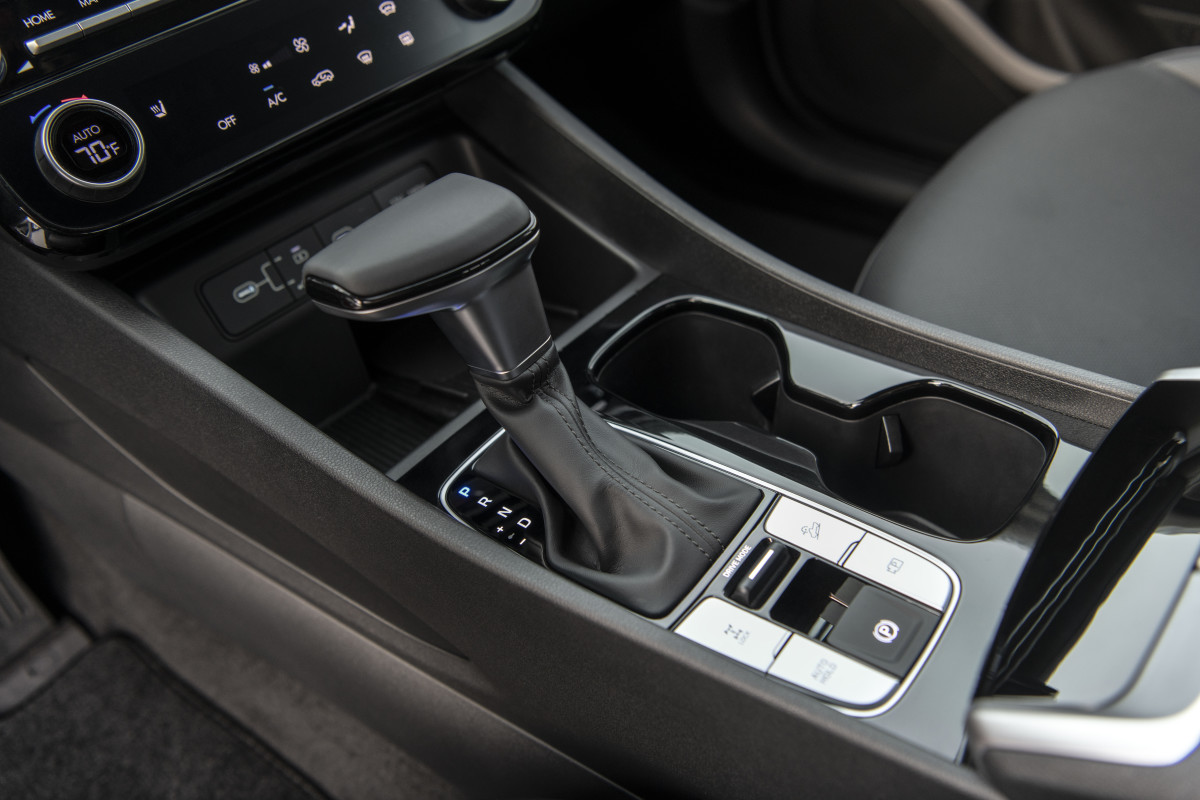Hyundai Discontinues Faulty Dual-Clutch Transmissions in Two Models

The Shift from DCTs to Torque Converter Transmissions
Modern vehicles are constantly evolving, and one of the most notable changes in recent years is the shift from dual-clutch automatic (DCT) transmissions to conventional torque converter automatics. This transition is being driven by a combination of reliability concerns, cost considerations, and improvements in traditional automatic technology. Hyundai, a major player in the automotive industry, has recently announced that it will be replacing DCTs in certain models of its Santa Fe and Santa Cruz with more traditional automatic transmissions. This move reflects a broader trend in the industry, as manufacturers seek more reliable and user-friendly options for their customers.
Why DCTs Are Becoming Less Popular
Dual-clutch automatics have long been praised for their quick shifting and performance benefits, especially in high-performance vehicles. However, these transmissions are inherently more complex than traditional automatics. They feature two separate clutches and additional components, which can lead to higher production and maintenance costs. For everyday family cars, this complexity often doesn’t justify the benefits, especially when compared to the smoother and more reliable operation of torque converter automatics.
Hyundai has experienced some issues with DCTs in its Santa Fe and Santa Cruz models. These problems have led to recalls and customer complaints, including issues such as jerky shifts, hesitation, and potential safety concerns like rollaways. In response, the company has decided to phase out DCTs in favor of a more conventional eight-speed torque converter automatic. According to a spokesperson, this change was made because the new transmission provides better overall drivability for the average driver.
The Evolution of Automatic Transmissions
The development of torque converter automatics has come a long way since their early days. In the 2000s, when the Volkswagen Golf R32 first introduced DCTs, torque converter automatics were less refined and less efficient. However, modern torque converter transmissions now offer improved performance, with more gears and faster shifts. Some models even feature up to 10 speeds, making them highly competitive with DCTs in terms of both efficiency and responsiveness.
In addition to faster shifts, torque converter automatics are generally smoother, especially in stop-and-go traffic or at low speeds. This makes them more suitable for everyday driving conditions. Many automakers, including BMW, Mazda, and Toyota, have moved away from DCTs in favor of these more reliable and user-friendly options. While some supercar manufacturers still use DCTs, particularly for their performance benefits, the trend in mainstream vehicles is clearly moving toward conventional automatics.
Industry-Wide Trends and Consumer Preferences
The shift away from DCTs is not limited to Hyundai. Ford, for example, faced significant issues with its PowerShift transmissions, which led to numerous recalls and negative consumer feedback. Other manufacturers have also recognized the limitations of DCTs and have begun to replace them with more reliable alternatives. This trend is likely to continue as consumers demand more dependable and comfortable driving experiences.
For many drivers, the smoothness and reliability of torque converter automatics make them a more appealing choice, especially for families or those who prioritize comfort over performance. As technology continues to advance, it’s clear that the future of automatic transmissions lies in the hands of torque converter designs that offer both efficiency and ease of use.
Conclusion
The decision by Hyundai to replace DCTs with torque converter automatics in its Santa Fe and Santa Cruz models highlights a growing industry trend. While DCTs once offered advantages in speed and performance, their complexity and reliability issues have led many manufacturers to seek alternatives. With advancements in torque converter technology, these traditional transmissions now provide a smoother, more reliable driving experience that suits the needs of the average consumer. As the automotive industry continues to evolve, it seems that the era of DCTs may be coming to an end, at least for mainstream vehicles.